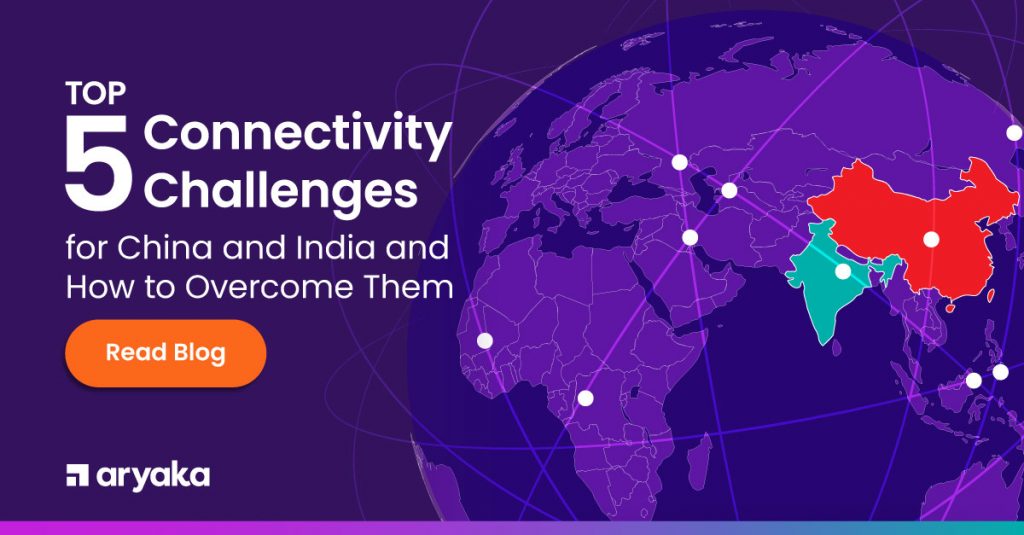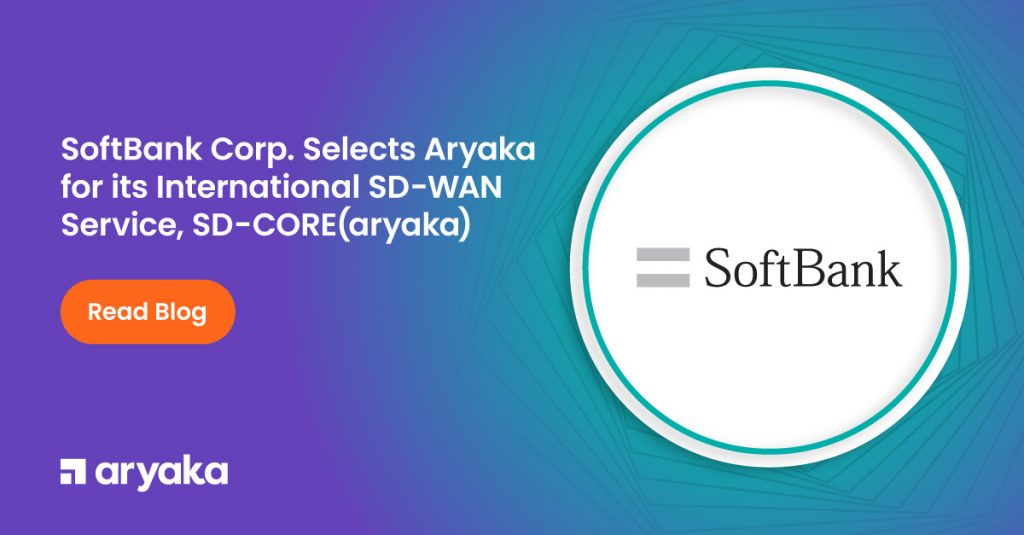SD-WAN Providers Are Ignoring Remote Access

The WAN wasn’t built in a day – but you’d think that SD-WAN providers would have at least spent some time considering how to build one of the most important pieces of the WAN into their cloud strategy: remote access.
Two major trends in business development have made remote access a non-negotiable for the enterprise WAN: globalization and BYOD/telecommuting.
Globalization
Metaphorically, the globe has become a lot smaller, as businesses expand across oceans and continents and even into remote and developing areas – but physically, the world remains large. And that largeness affects application delivery, because latency is a function of distance.
As enterprises adopt a cloud-first approach for applications without first undergirding it with a stable enterprise-grade WAN that is built for the cloud, they suffer from poor global application delivery.
Ask any global business traveler, and they’ll probably tell you that VPN is a nightmare. Getting connected and staying connected is tough even when you’re in the same town as the data center, let alone when you’re traveling overseas or to developing countries and remote areas.
Enterprise remote access solutions don’t, by default, protect against latency or automatically load balance the traffic – instead, IT is burdened with deploying and maintaining multiple concentrators around the world, while end users are forced to guess which connection will be the strongest and most reliable.
BYOD/Telecommuting
There are more mobile devices than there are people on earth, and there’s a good chance that your enterprise end users are trying to access their data and applications on them. While employees still use branch offices, telecommuting and mobile device usage have liberated applications from physical buildings – which poses a challenge for IT.
If the WAN isn’t optimized for mobile application delivery, then business users on the go or at home will lose out on productivity. Additionally, as the workforce spreads out across the globe, they suffer the same issues of latency and disrupted application performance as those employees in remote office locations.
Employers offer telecommuting options to the salesforce and even to other knowledge workers, as it can increase productivity and lower the costs of maintaining a large physical office. Yet these benefits can be offset by lowered productivity from poor application performance and increased costs of maintaining VPN concentrators or purchasing additional hardware.
Make Your Remote Access SmartACCESS
So what is a global enterprise to do when remote access still hasn’t been optimized for the cloud-first era by most SD-WAN vendors?
Ovum recently released a report detailing the challenges of enterprise remote access and suggesting Aryaka’s SmartACCESS, the first clientless SD-WAN for the remote and global workforce, as the solution to those challenges.
According to Ovum, SmartACCESS “addresses the major customer requirements and common challenges with remote access: Simplicity, ease of use, support for various devices and operating systems, and global availability with acceptable end-user performance are part of this offer that includes mobile access.”
You can read the full report here.
For more information about SmartACCESS and to try a proof of concept for your remote and mobile workforce, contact us today.










